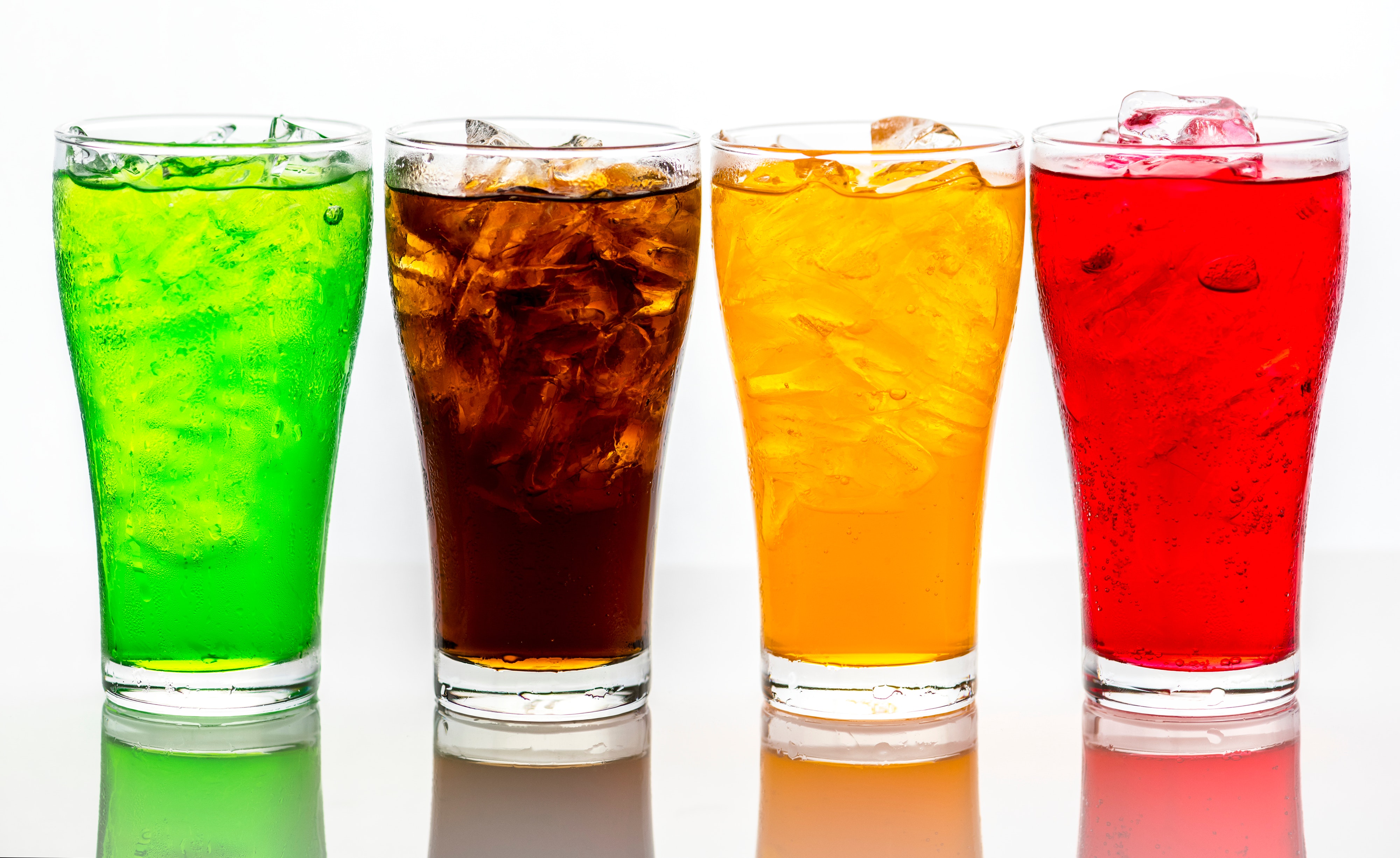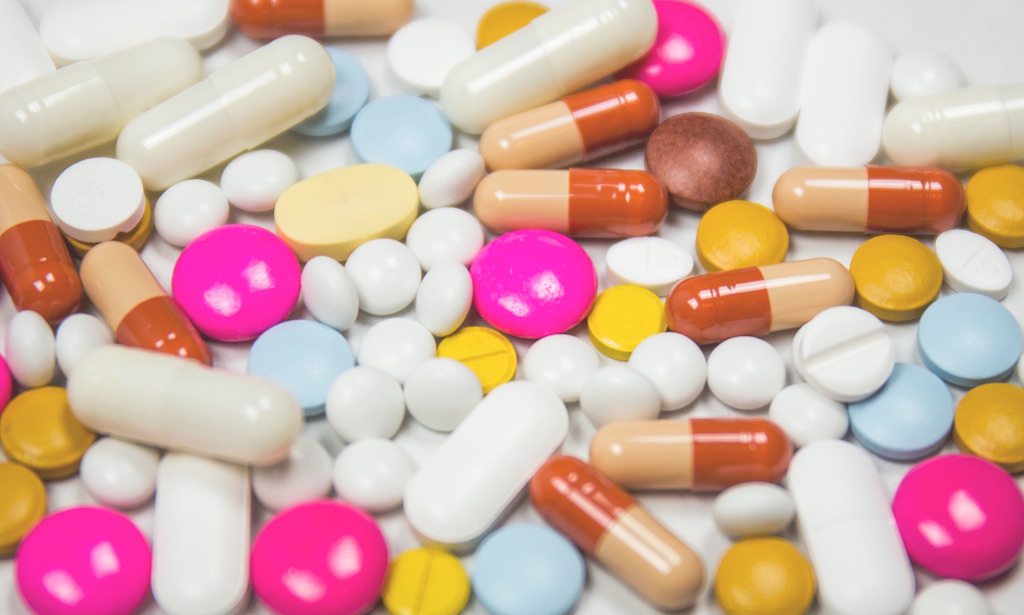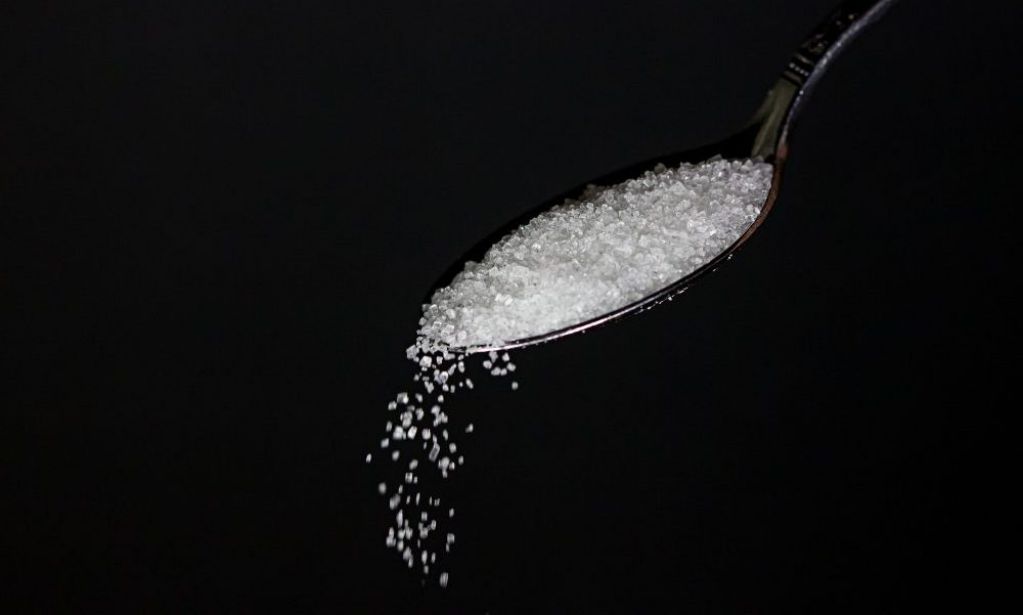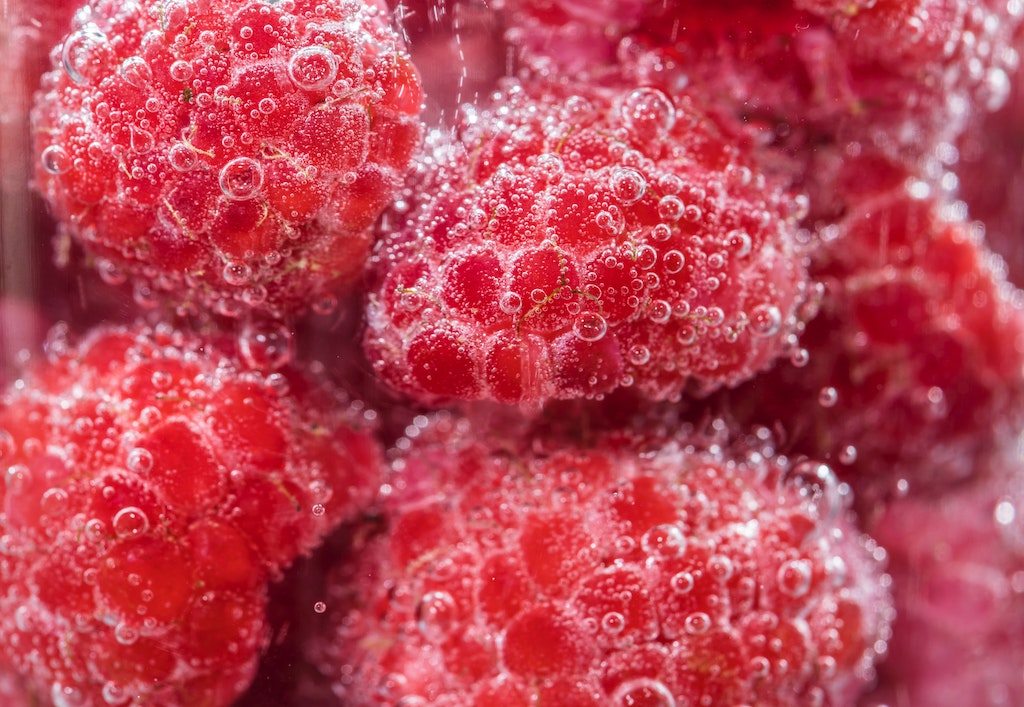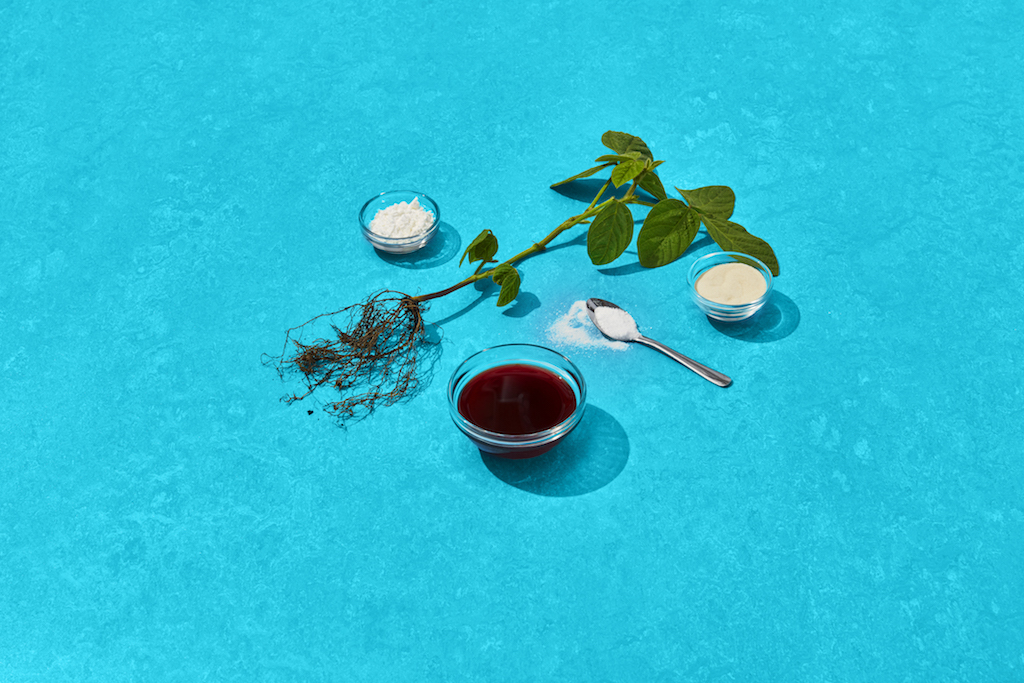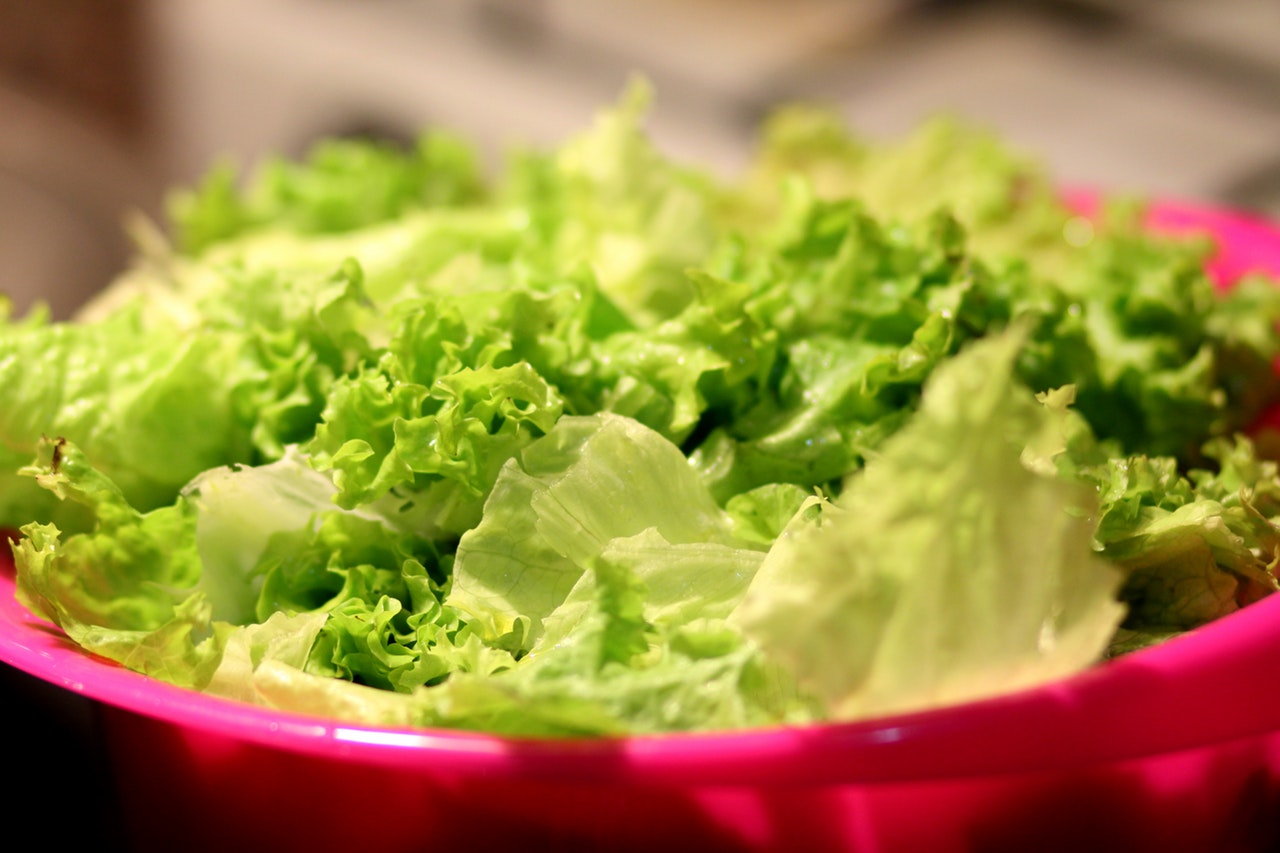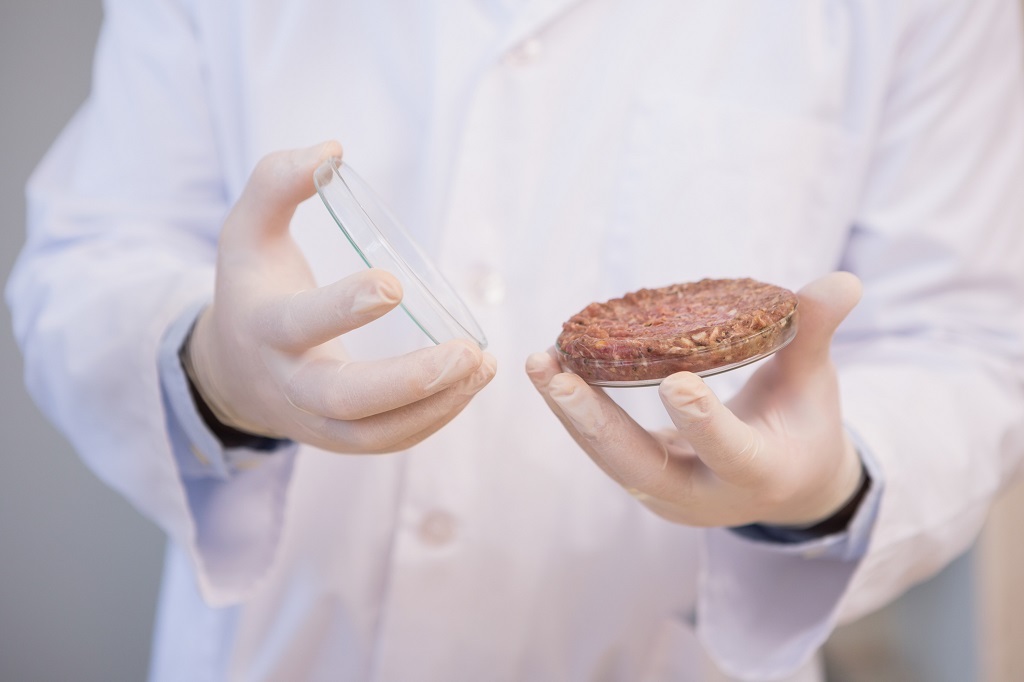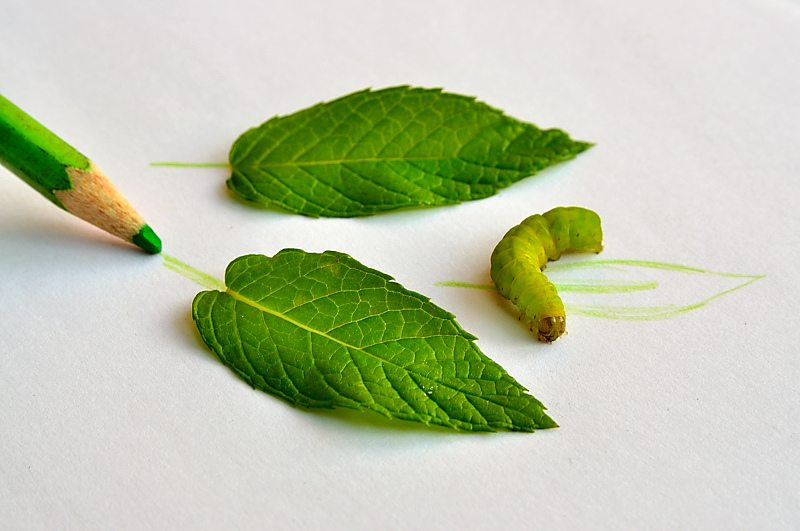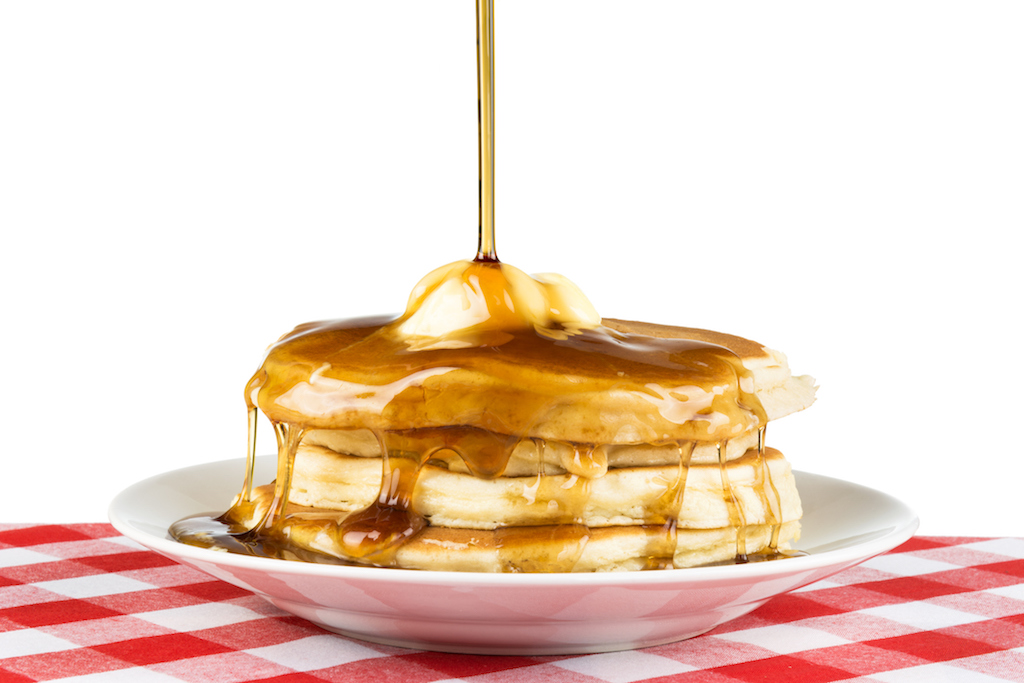
iStock / joebelanger
It happened so fast you might have missed it. One minute The Wall Street Journal, among others, was reporting that the maple syrup industry was up in arms because the Food and Drug Administration (FDA) was going to require pure maple syrup to be labeled as containing “added sugar.” And then, before we could even wrap our heads around the idea, FDA issued a document stating that it was reconsidering. The can of syrup was effectively kicked down the road, leaving behind one unanswered question: Why would anyone want to say that pure maple syrup contained added sugar? It’s taken a while, but I think I’ve figured it out. In one way it makes no sense at all. But in another way it reveals a lot about the Regulatory Mind.
And let’s be clear. Maple syrup isn’t allowed to contain any added sugar. According to 21CFR168.140 (the “sweeteners and table sirups” [sic] section of the code for federal regulations), the only kind of sugar you can add to maple syrup is pure maple sugar. Purity is a big deal in the maple biz. If customers get the idea that syrup or honey is loaded up with added sugar—even if, as we’ll see, that represents a fundamental misunderstanding of what FDA had in mind—they’re not going to take kindly.
But we’re getting ahead of ourselves. The great maple syrup fiasco actually got its start when the United States Departments of Agriculture (USDA) and Health and Human Services (HHS) published the 2015–2020 edition of the Dietary Guidelines for Americans (DGA). “Limit calories from added sugars and saturated fats and reduce sodium intake. Consume an eating pattern low in added sugars, saturated fats, and sodium. Cut back on foods and beverages higher in these components to amounts that fit within healthy eating patterns.”
The document covers a lot of ground, but I came away thinking that the real key to it is that FDA is a little less concerned about the idea of added sugar, and a little more concerned about what we might call “sneaky sugar”—sugar that manufacturers sneak into products where you wouldn’t expect to find it – in soups, bread, tomato sauce, prepared foods of all sorts. If we were all a little more aware of sneaky sugar, we’d probably be better off, and the old nutrition facts label didn’t call out the sneaks very well.
Of course, you can’t write a regulation for sneaky sugar. It’s too subjective. So “added sugar” it is.
And what’s that? Well, FDA had never previously needed to define the stuff, but now it declared that added sugars were “sugars that are added during the processing of foods, or are packaged as such, and include sugars (free, mono- and disaccharides), syrups, naturally occurring sugars that are isolated from a whole food and concentrated so that sugar is the primary component (e.g. fruit juice concentrates), and other caloric sweeteners.”
If you use fruit juice to sweeten something, you have to declare its sugar content, but not as “added sugar.” Concentrated fruit juice, however, is a different story
I want you to focus on that phrase “or are packaged as such.” Take the word of someone who has been editing copy for more years than he cares to remember, when you encounter a phrase that ugly and clumsy, you’re not dealing with bad writing—you’ve met up with a case of bad thinking. Somebody’s encountered an intractable logical problem, and they’re trying to make it disappear in a swirl of convoluted grammar.
The problem? Basically, FDA is trying to define added sugar as both sugar that has been added to your food and sugar that you might add to your food later—though at the moment you buy it, it hasn’t been added. When you look at a package of Rice Krispies Treats and read on the nutritional facts panel that a bar has 8 grams of total sugar including 8 grams of added sugar, you will conclude that 8 grams of sugar has been added to the product, and you will be correct. When you read that your maple syrup has 54 grams of sugar per 60 milliliters of syrup, including 54 grams of added sugar, you might reasonably conclude that 54 grams of sugar has been added to the syrup. And, of course, you’d be wrong.
Well, if the sugar hasn’t been added to the syrup, what has it been added to?
It appears that FDA wants you to think of “added sugar” as meaning something more like “unnecessary sugar.” The agency wants you to recognize that the sugar in maple syrup is just as nutritionally unnecessary and potentially harmful as the added sugar in your Frosted Flakes. Fair enough, I guess. But the words “added sugar” already mean something, and it’s not really fair to ask people to guess that you’ve changed that meaning. (“Did I say your car gets 50 miles per gallon of gas? Well, we’ve decided that ‘miles per gallon,’ actually refers to miles per gallon plus 25 miles per gallon that we’ve tacked on for administrative purposes.”)
The muddle might not make much practical difference, except that for maple syrup and honey “added sugar” means adulterated. So when someone looks at the nutrition facts for a bottle of syrup trying to find out whether it’s pure maple syrup and sees that the label says the syrup contains 54 grams of added sugar per serving, FDA expects them to think, “Ah, no, this label refers to a different kind of added sugar.”
On the one hand, you have to give FDA credit for its touching belief that the American grocery shopper is going to pause in mid-aisle to read the footnotes on the label. You think highly of us, guys, and we appreciate it. On the other hand, take it from a guy who’s spent years with a blue pencil in his hand, a footnote saying, basically, “Ignore the statement this footnote is linked to, because it isn’t true” is rarely a good idea.
I don’t want to give the impression that the questions about the new labeling rules are all about syrup. Regulation is a tough business, and FDA’s generally admirable effort to capture the complexity of food in enforceable rules leads to the usual howlers. Take fruit juice. If you use it to sweeten something, you have to declare it as an ingredient, and you have to declare its sugar content, but you don’t have to declare it as “added sugar.” But if you use concentrated fruit juice, you do have to declare the amount of sugar in excess of what you’d get in a similar amount of non-concentrated juice as added sugar, and the rest just as sugar. That is, unless you’re selling concentrated juice to consumers to be reconstituted, in which case you don’t have to declare any added sugar, just regular sugar. There’s lots more (much of it about cranberries), but I fear for all of our mental health if we go into further detail.
But here’s my favorite: The federal standards of identity for jelly include added sugar. You can’t call a product jelly if it doesn’t have added sugar. So the sugar added to jelly doesn’t count as added sugar. Savor that for a moment: Jelly has to have added sugar, so it doesn’t have to declare any added sugar; maple syrup isn’t allowed to have added sugar, so it has to declare its entire content as added sugar.
Anyhow, forget everything I’ve just told you. FDA is going back to the drawing board, and we’ll hear from the agency again later. I, for one, would vote for just labeling sweeteners as sugar and letting the rest of us work it out that when we add sugar to something it becomes “added sugar.” There’s probably some reason why that won’t work, but we can worry about that when we know the details.
Meanwhile I (and I bet you) have an incredible craving for pancakes. See you later.


